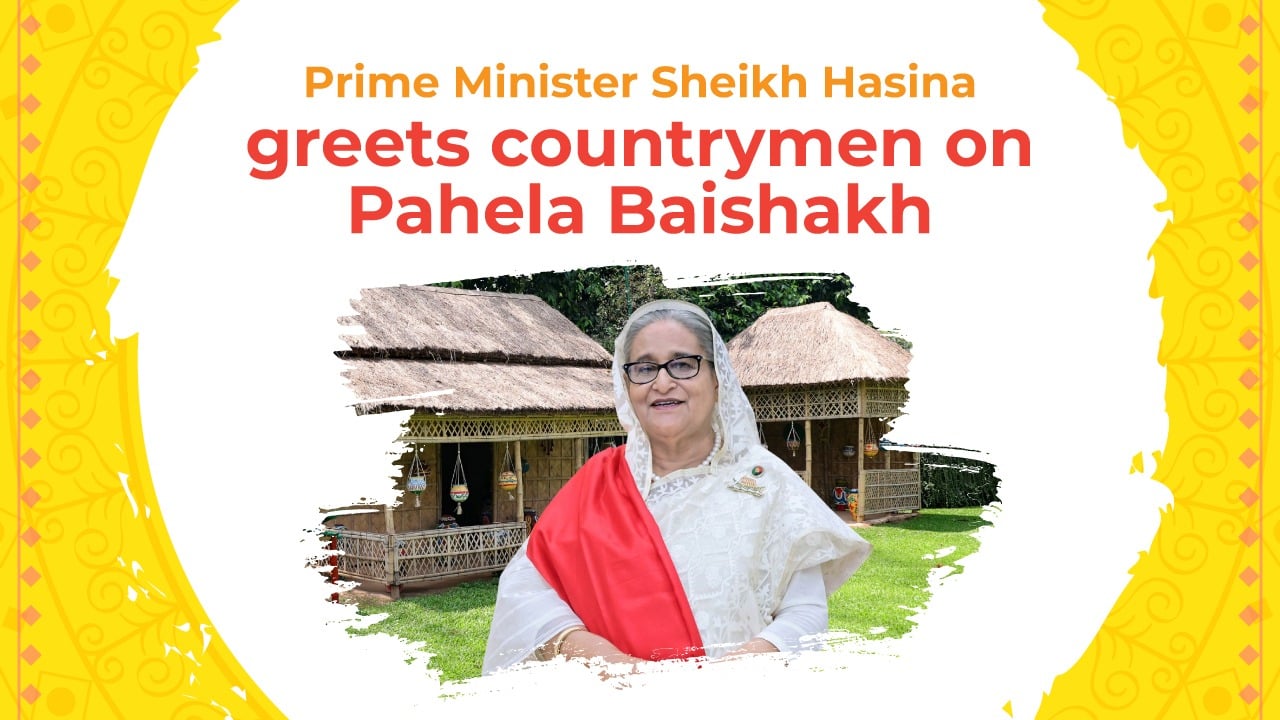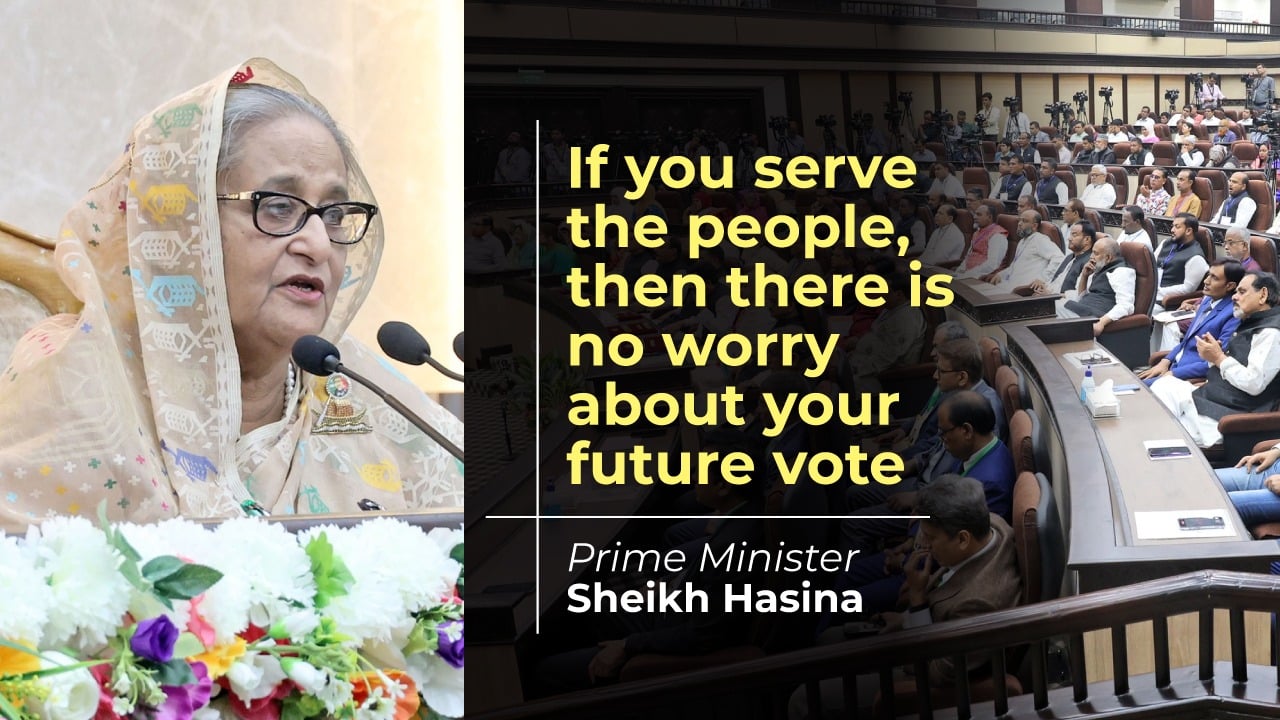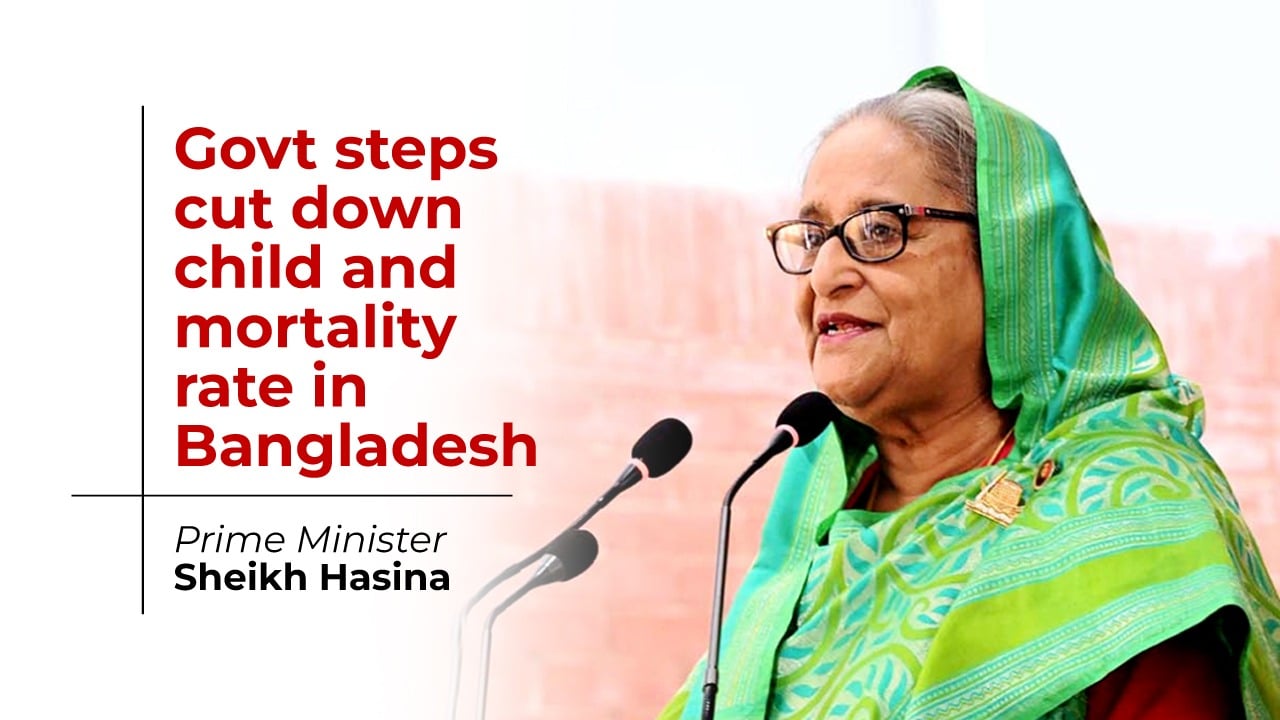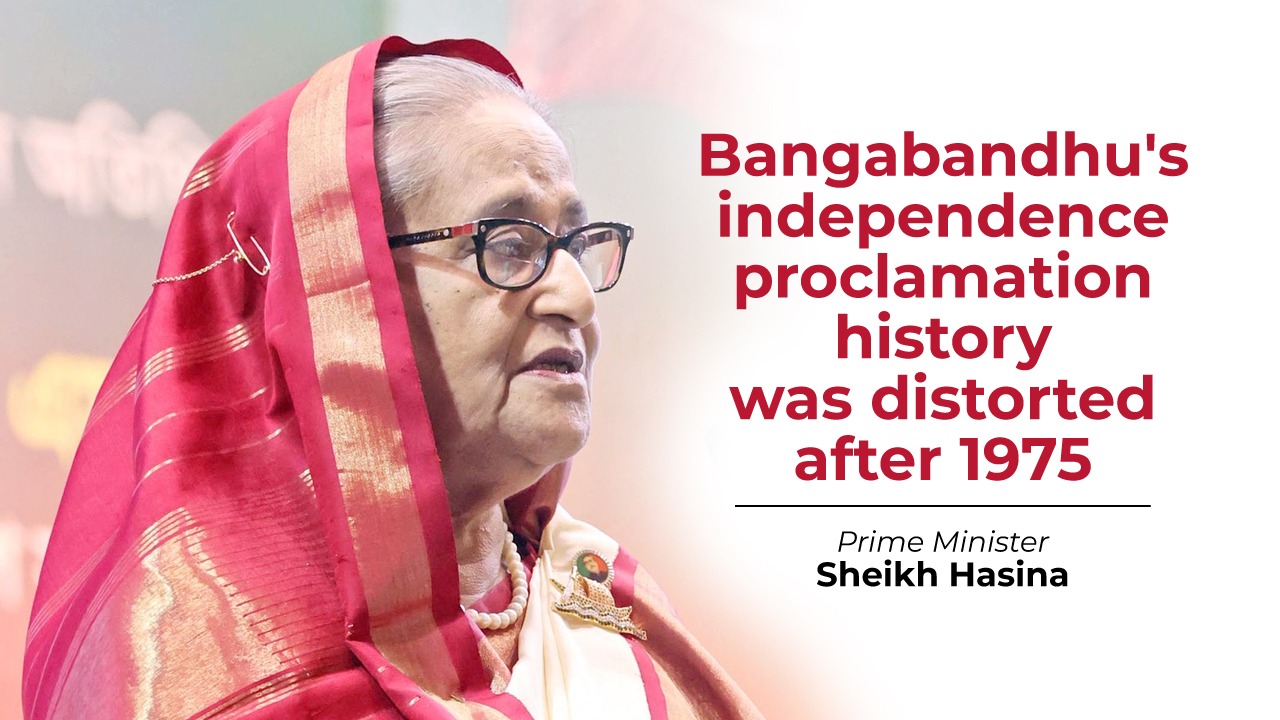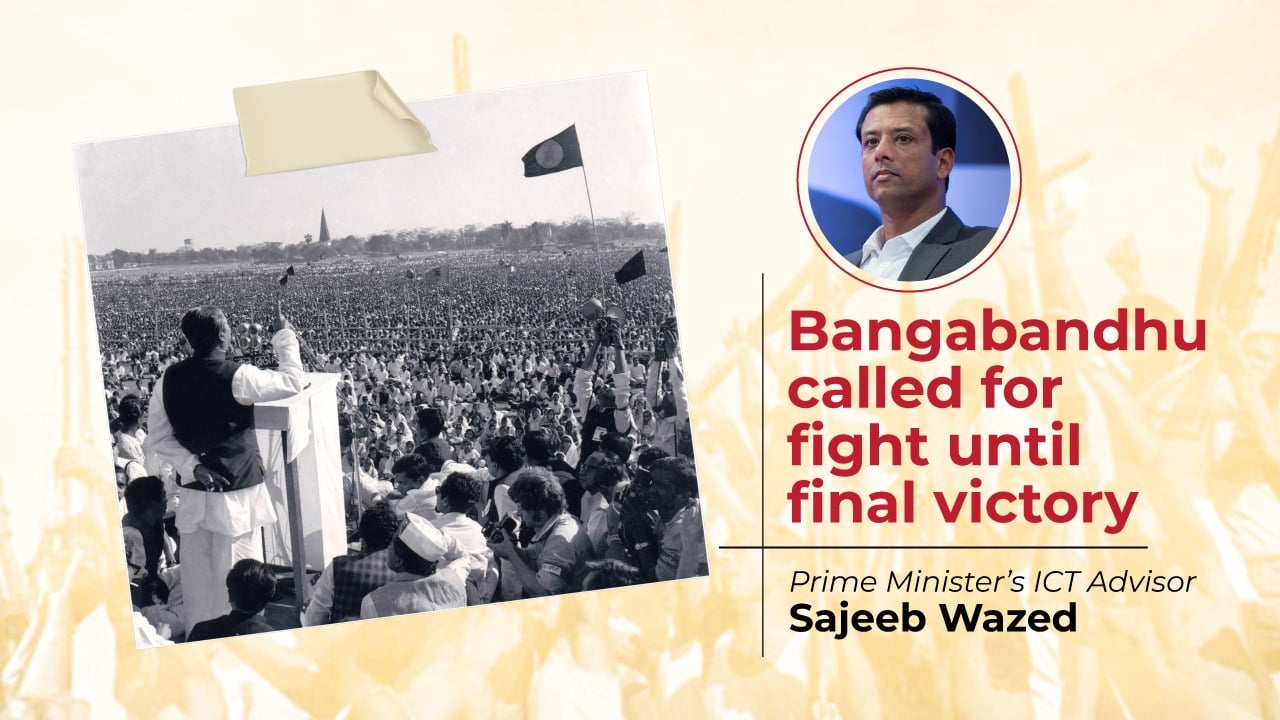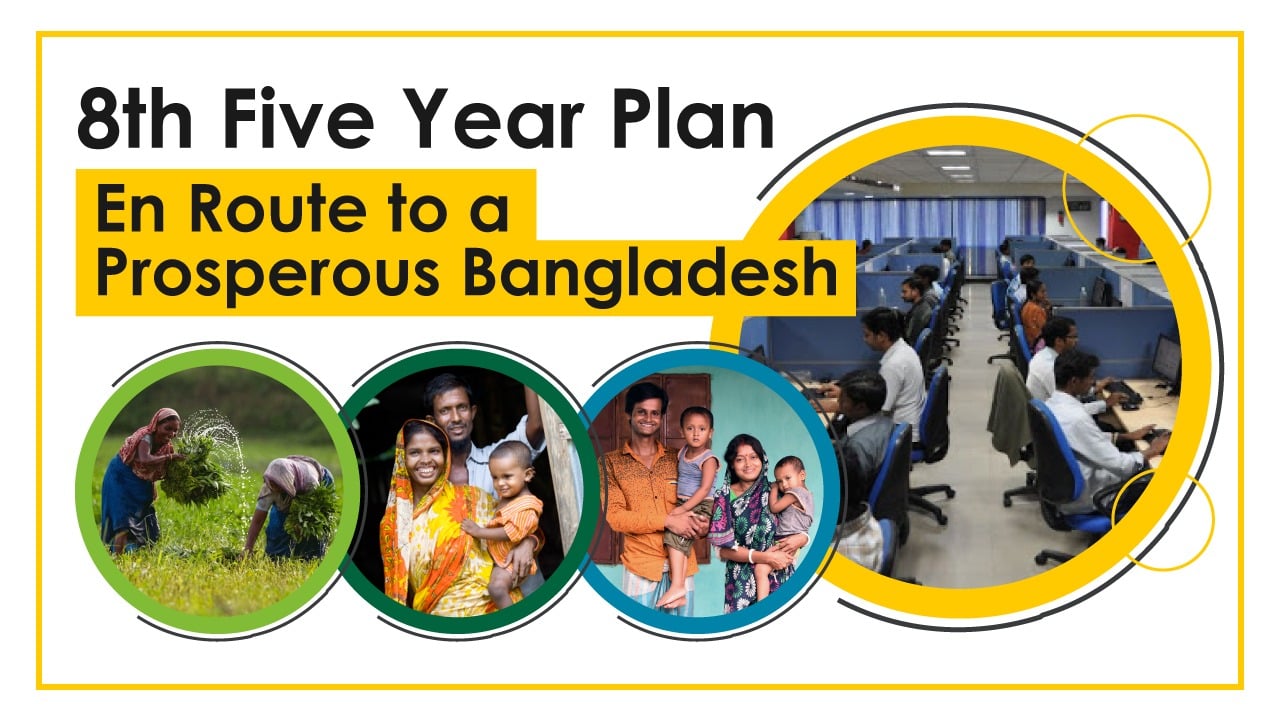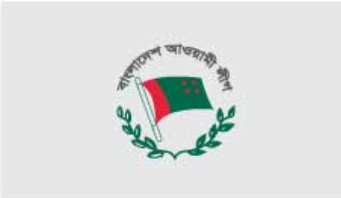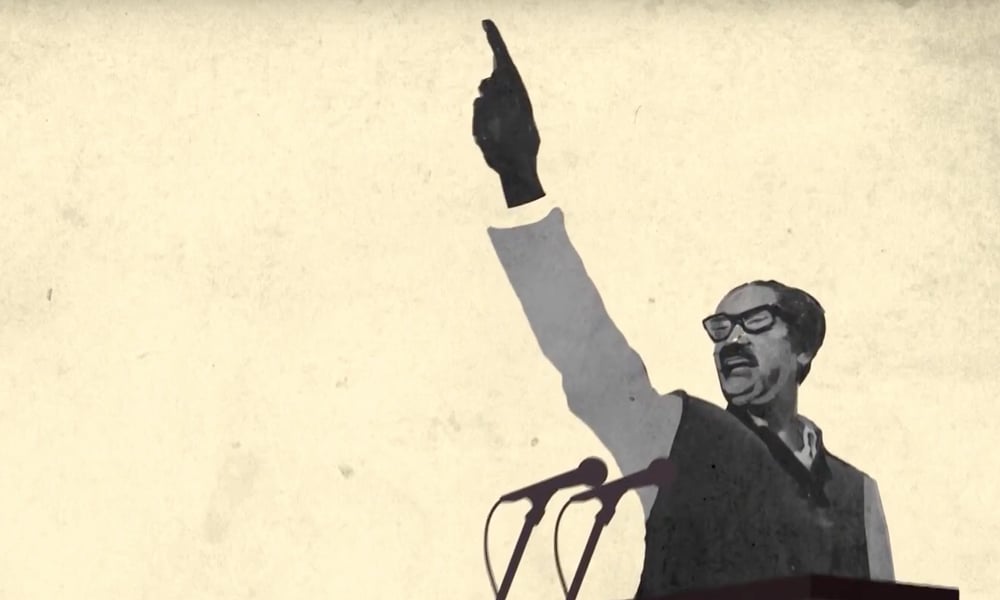3432
Published on April 17, 2017This report is the third and final part of the special report series on Bangladesh-India relations till date. This part focuses on the cooperation between the two neighbors in the areas of power and energy, fighting terrorism and bilateral trade and investment.
Power and Energy
Electricity Import from India: The last eight years has seen Bangladesh and India power cooperation opening up a new chapter on an unprecedented scale. Tripura has been supplying 100 MW of electricity to Bangladesh since March 23, 2016, in addition to the 500 MW the country is receiving from West Bengal since 2013. Talks are currently underway for importing further 100 MW electricity from India. The impetus for greater power sector cooperation between Bangladesh and India was received from the bilateral Framework Agreement signed by Prime Minister Sheikh Hasina and the then Indian Prime Minister Manmohan Singh during the latter's visit to Dhaka in September 2011.
India-Bangladesh Oil Pipeline: In June 2015, a MoU and Sale Purchase Agreement was signed between Numaligarh Refinery Ltd (NRL) of India and Bangladesh Petroleum Corporation (BPC) for construction of a pipeline from Siliguri, India to Parbatipur, Bangladesh for supply of High Speed Diesel to Bangladesh. The two Prime Ministers directed the officials in both countries to quickly finalize the terms for establishment of the Joint Venture Company which will construct and operate the pipeline. Currently, a joint feasibility study is being conducted by the two countries for the construction of a 129-kilometer cross-country petroleum pipeline.
Rampal Power Plant: In August 2010, Bangladesh`s Power Development Board (PDB) and India`s state-owned National Thermal Power Corporation (NTPC) signed a MoU to set up a 1,350 megawatts coal powered mega power plant at Rampal, Khulna, followed by an agreement signed in January 2012 to implement the $1.82 billion project. A joint venture company of NTPC and the BPDB has started the installation work of the plant, which is likely to go into operation by 2019. The Rampal power plant is an outstanding example of joint venture in power generation between the two countries. Government of India has also offered Bangladesh buy from, or enter into jointly with India, in various hydroelectric projects planned by India in the northeast of India.
Major Deals for Future: During the visit of PM NarendraModi, two Indian power giants struck deals with Bangladesh for building plants producing a combined 4,600 megawatts of electricity in Bangladesh. Under the deals, separate memorandum of understanding (MoUs) were signed with Reliance Power Limited to develop four units of power plants to produce 3,000 MW of electricity with a cost of $3 billion and with Adani Power Limited to set up two coal-fired plants with a total capacity of 1,600 MW that will cost more than $1.5 billion. The gas fired power plants would take 13 months to complete construction after final agreements had been reached.
Trade and Investment
Host of Trade Friendly Measures: Trade relations between India and Bangladesh have witnessed a significant improvement in the recent past. In 2011, India decided to grant zero duty access to all goods from Bangladesh and this has opened new opportunities for expansion of bilateral trade. India has granted zero-duty, quota free access to Bangladesh’s exportable items to its market including 46 RMG items (except for 25 items on the SAFTA negative list). The Standard Operating Procedure signed in August 2010 has been made operational which allows trucks carrying bilateral cargo to cross up to 200 meters beyond the zero line and unload cargo at the warehouses. Establishing new Land Customs Stations (LCSs) and improvement of existing infrastructural facilities of the LCS, land ports has also helped boost bilateral trade. Other measures in this regard include harmonization of standards and mutual recognition of certificates, removal of non-tariff and para-tariff barriers and so on.
Rising and Balanced Trade Volume: Between 2001-2008, Bangladesh’s earnings from exports to India stood at US$ 1256.24 million, which has more than doubled to US$ 2870.21 million between 2009-2015. Indo-Bangladesh trade has increased from about US$ 3 billion to over US$ 6 billion in 2015. More significantly, Bangladesh's export to India has increased to bring the trade imbalance from 1:10 down to 1:8.5 over the same period. Indian exports to Bangladesh have also doubled in the last five years, with earnings worth more than $6 billion during that period.
Record Indian Investment: The net inflow of foreign direct investment (FDI) from India to Bangladesh stood at $102.7 million, for the first time, in 2015, ushering in a new era of bilateral trade cooperation between the countries. The central bank data also showed that financial and textile sectors shared almost 50% of total Indian FDI last year. More efforts are underway to reform the industry-related policies, including taxation, duty, etc. to draw greater number of international business in this country.
Bandwidth Export: Bangladesh Cabinet in April 2015 cleared an agreement to export 10 GBPS unused submarine cable bandwidth to India that will fetch the nation $1.2 million every year. On 23 March 2016, Bangladesh launched export of bandwidth through a video conference between Prime Minister Sheikh Hasina and her Indian counterpart NarendraModi. Bangladesh launched supply of 10 GBPS bandwidth from Cox's Bazar to Tripura's capital Agartala. This is part of Sheikh Hasina’s view that "interconnectivity" is the "next frontier" of bilateral cooperation with nextdoor India as she joined a video conferencing with her counterpart NarendraModi, marking the launch of swapping of electricity and internet bandwidth.
Border Haats: To rejuvenate trade and commerce along the massive border shared by the two countries, the concept of “border haats” (bazaars) was introduced, which allows local producers and traders from both sides of the respective borders to trade locally produced commodities and products. Currently, four border haats are operational, along the India-Bangladesh border. Two border haats are located in Meghalaya at Kalaichar and Balat and two are located in Tripura at Srinagar and Kamalasagar.
Standardization: During Prime Minister’s Modi’s visit, Bangladesh and India signed a bilateral cooperation agreement for cooperation in the field of standardization. Under the agreement, Bangladesh Standards & Testing Institution (BSTI) and Bureau of Indian Standards (BIS), the standards institutions of the two countries would acknowledge the standards-related certificates of each other boosting bilateral trade and commerce. Both the BSTI and BIS are taking steps within a stipulated time to test the standards of goods and items on mutual agreement, speeding up the decision-making process. Additionally, both the organizations are bringing similarity into the standards testing process of each other in a bid to bring procedural consistency and uniformity through consultations.
Economic Zones for Indian Investors: Bangladesh has signed an agreement with India to develop two economic zones for Indian investors to boost investment from its neighbour. The zones will be set up in the port city of Mongla and Bheramara, Kushtia. Funding for these zones will come from the $2 billion Line of Credit (LoC) offered by India to the Bangladesh government. The government of Bangladesh will provide the requisite lands for these projects either through leasing or equity participation. Further details about these ventures will be agreed between the two countries.
Line of Credit: In 2010, during the visit by then Prime Minister Manmohan Singh, Bangladesh received a $1 billion Line of Credit (LoC) from India. The soft loans were used to finance 14 development projects, particularly infrastructure building. The LoC represented the single largest loan to Bangladesh from any nation, development bank or donor agency. Currently, negotiations are underway for a further LoC from India. Following from that, during the visit of Indian Premier NarendraModi in 2015, $2 billion Line of Credit (LoC), India provided Bangladesh with a fresh $2 billion LoC, to be used for connectivity-related projects to increase trade between the two countries. The new LoC covers projects in the areas of Roads, Railways, Power, Shipping, Special Economic Zones, Health & Medical Care and Technical Education.
Law Enforcement and Counterterrorism
Under Sheikh Hasina’s bold and courageous stance on terrorism and militancy, Bangladesh ceased being a safe haven for local, regional and international terrorists, notoriety the country achieved during the last BNP-Jamaat tenure of 2001-06. The successive Awami League led governments has achieved this feat through a combination of legal and social measures, including enactment of several tough anti-terrorism legislations.
Security cooperation between the two countries received the first boost when Prime Minister Sheikh Hasina visited New Delhi in January 2010, during which time three agreements were signed, namely: Mutual Legal Assistance on Criminal Matters; Transfer of Sentenced Persons and Combating International Terrorism, Organized Crime, and Illicit Drug Trafficking. The cooperation currently rests on a three-tiered system, from official level, to Secretary-level to Ministerial-level.
There are sector-wise Task Forces, which work with aim to cooperate on specific issues, such as Task Forces for combating smuggling of Fake Currency Notes and Human Trafficking. Recently, the Indian Cabinet in May 2015 has approved a Memorandum of Understanding (MoU) between the two countries to prevent human trafficking and ways to reintegrate the victims with their families. In January 2013, Bangladesh signed an extradition treaty with India for disrupting the regional connections and networks between terrorist and militant outfits in South Asia.
Bangladesh and India are implementing a Coordinated Border Management Plan (CBMP) and have increased joint patrolling in its long and porous mutual border to curb various criminal activities, including terrorism and trafficking. There has also been significant reduction in the number of border killings. Enhanced cooperation among border officials have been ensured through holding regular meetings between DCs/DMs of bordering districts of the two countries.
Bangladesh, in particular, has been lauded by India for its role in countering subversive activities by various Indian separatist groups operating from, or at least using, Bangladeshi territories significantly. Bangladesh’s crackdown on separatist outfits from Assam and Tripura have resulted in their networks being dismantled, arrest and handover of several high profile terrorists and arrest and trial of other such troublemakers. The security forces in Bangladesh have continuously raided dens of such outfits with much success, seizing arms and ammunitions.
Bangladesh and India are also considering signing a deal that will see them join forces in the fight against international terrorism in cyberspace. Bangladesh's State Minister for Post and Telecommunications TaranaHalim has held discussions with her Indian counterpart ManojSinha in New Delhi in this regard in July 2016. The two countries will sign a MoU to this end soon and there are plans to bring other SAARC countries under this arrangement.
